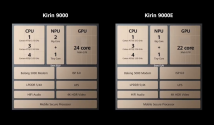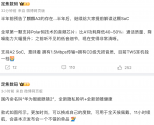The ISP typically handles output data from image sensors, such as AEC (AE control), AGC (Automatic gain control), AWB (auto white balance), color correction, Lens shading, Gamma correction, removal of bad points, Processing of auto Black level, auto white level and so on.
And the DSP function is more, it can do some photography and echo (JPEG codec), video and playback (video codec), the codec , and many other aspects of processing, In short, the digital signal is processed. Personally, the ISP is a special kind of DSP for processing image signals.
image sensor
Image sensor is an important part of digital video camera. According to the different components, can be divided into CCD and CMOS two major categories. such as Sony's ICX 445, ICX274, Imx035/036,aptina mt9m033, mt9d131, Mt9t031,omnivison of OV2715 and so on. The role of image sensors is to capture and convert optical images into the electrical signals available to back-end ISPs.



